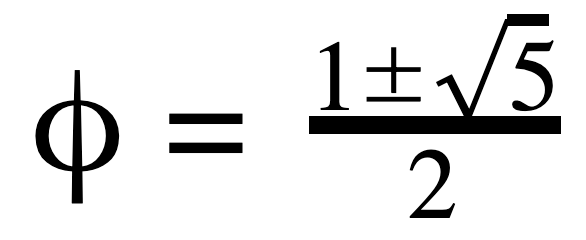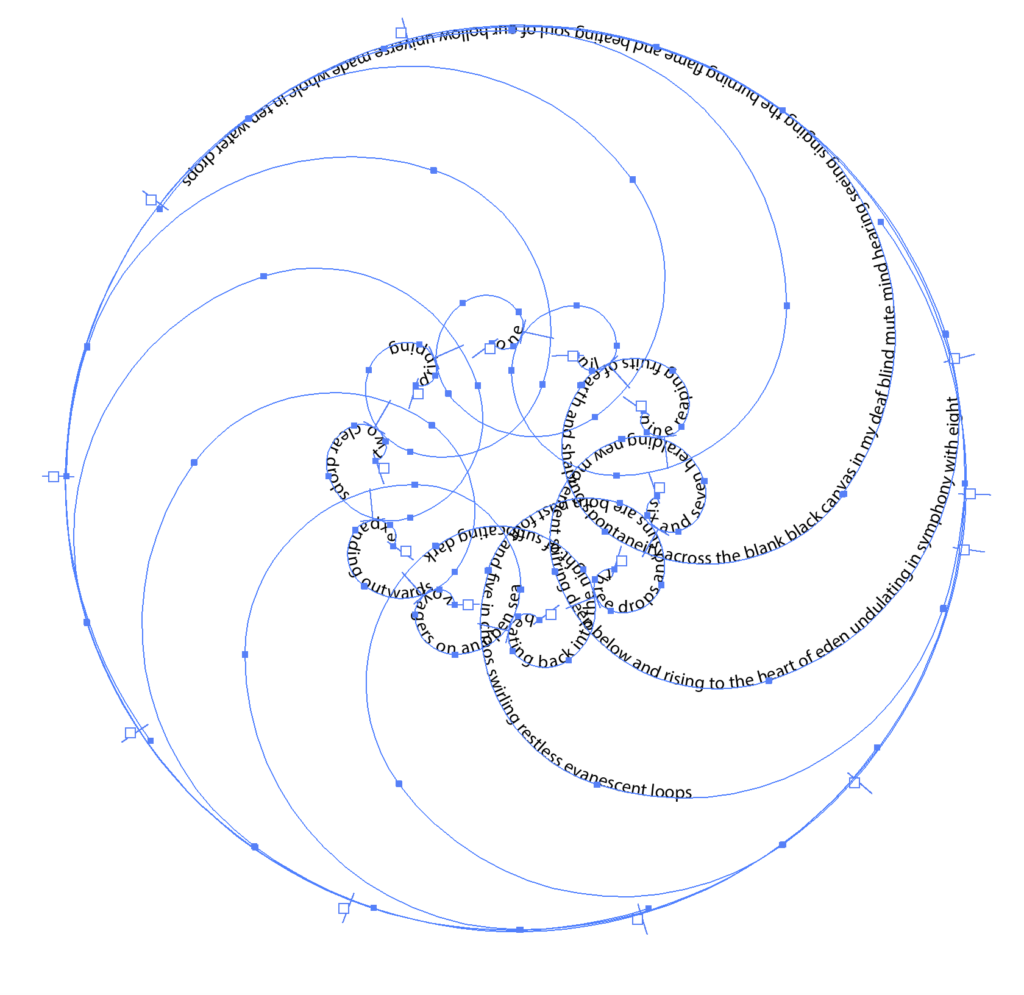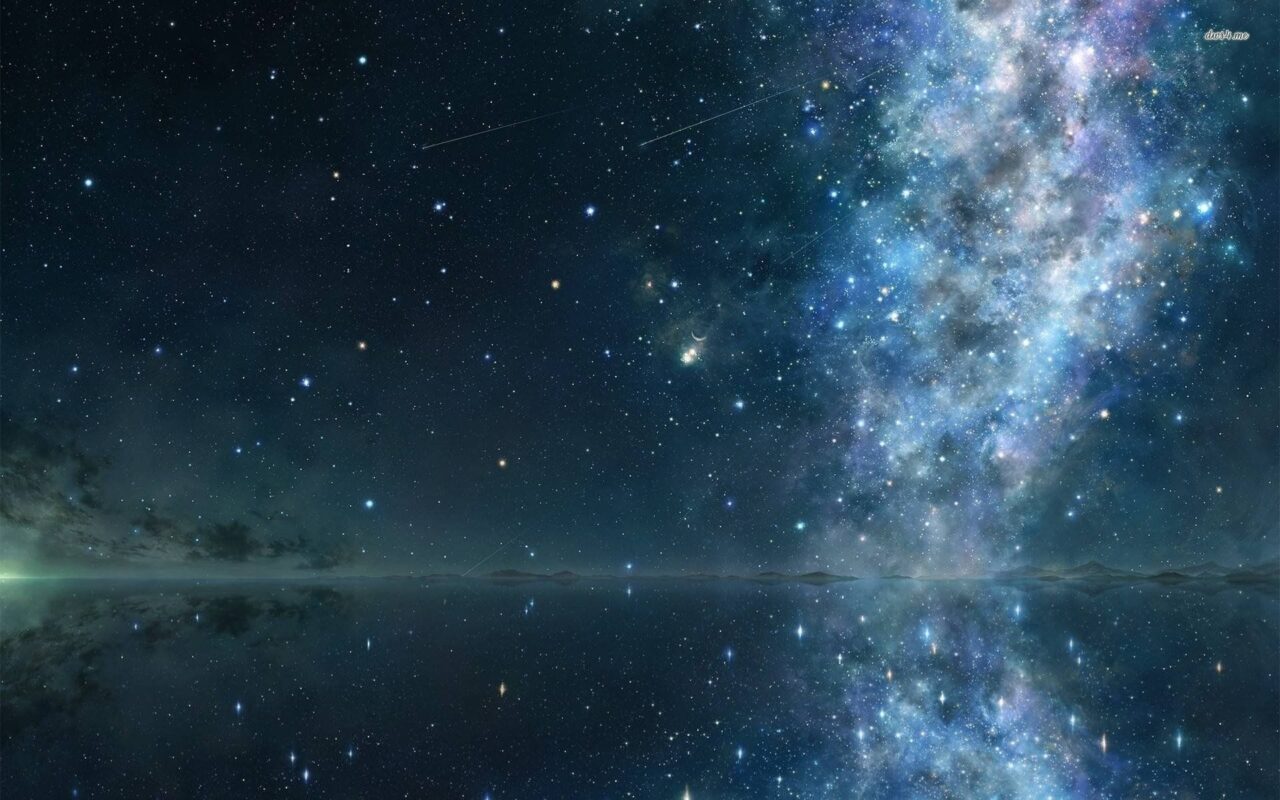

A finite zero is an interminable circle with neither an ending nor a beginning — each point ebbs and flows, back and forth, ad infinitum. That circle represents nothing, and yet everything — it is a fertile seed, bursting with potential. Indeed, it is a black canvas, a blank page, a tabula rasa — it is nothing, and yet it embodies every hope, every dream, every possibility.
Nil is therefore both a beginning and an ending — the silence of a transient limen, a baptism of nothingness that predicates the tender blossom of existence, the n = 0. However, with the power of n = 1, nothingness speaks — and sings, at first, a susurrate hum of two clear drops, dripping into the open, undisturbed sea, and expanding outwards in a delicate ripple. That ripple begins to rise as n = 2, 3, 4, 5, 6, 7, 8, 9 and out of the fecund void spring swirling, restless evanescent loops — spiraling as if dancing, entangled like quantum particles, connecting intimately across space and time, undulating in a dynamic symphony, shaping spontaneity stirring from endless bars of silence to awaken the cosmic forges and let there be light.
n = 10 — a funny number: gather ten drops, a half a milliliter of water, and there are 1.671 x 10²² molecules of H2O, matching the stars in the sky. Reverse it, and 10 becomes 0, 1 — fn=0 = 0 and fn=1 = 1, starting the cycle again. 0, 1, 1, 2, 3, 5, 8, 13, 21, 34, 55, … — the Pingala-Fibonacci sequence lurks in syllables and lines; 1/1, 2/1, 3/2, 5/3, 8/5, 13/8, 21/13, 34/21, 55/34, … =>

— the beat that binds them together, the most irrational of all, the Golden thread interweaving, twirling both seen and unseen, beauteous all the more: for thus the beating soul of our hollow universe is made whole.
The consciousness of the universe, arising from nil, emerges in loops, looping mathematically, according to patterns and equations. To be human is to be one part of that symphonic gestalt linking all conscious systems — to marvel at the intricacy of the nature of creation, to play with thoughts and ideas, to express ourselves as individuals and as members of a community, to write effusive sonnets and passionate discourses, to sing jovial cantatas and bittersweet lullabies, to paint stunning impressions and vivacious geometries, to achieve the unachieveable, to explore with the purpose of our exploration the exploration of our purpose. To do mathematics is to transform figments of abstractions of symbols; with creativity and consciousness, those transformations come alive, growing out of restless swirls bearing light unto the night of suffocating dark.
And thus, from one equilibrium to the next, the greatest beauty is what lies within, what lies unseen — the perfection in our imperfection as a sea within the ten drops of the universe.

As a side note, I would add that I wrote this poem as part of a Creative Capstone project for a critical inquiry seminar class concerning the titular question, “Can Zombies Do Math?”; the instructions were to create something to explore the questions “What is humanity?” and “What does humanity have to do with mathematics?” and then to describe that work of art in a 500 word commentary, as given above.
For further discussion on the magnificence of the Golden Number (φ), please consider my video below, in which I offer several complementary perspectives from Euclid and Pacioli to Pingala and Fibonacci, address (mis)applications in art, architecture, and crania, and use Eigenvectors to find an instantaneous (i.e., non-recursive) definition of the nth Fibonacci number (as pictured above the commentary).
Photo credit: walldevil.com
